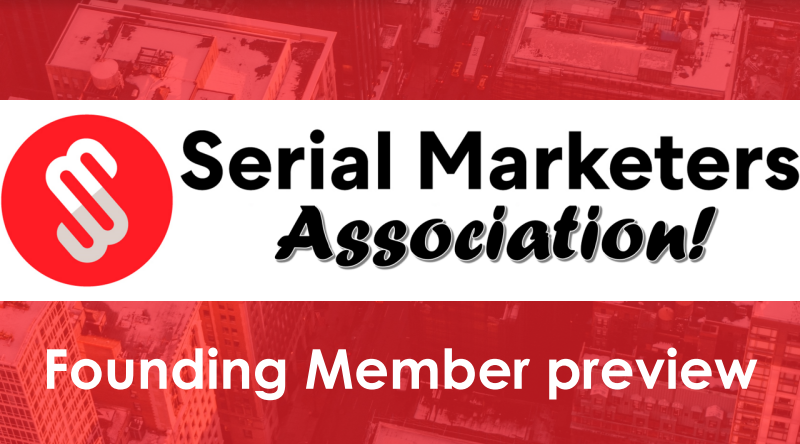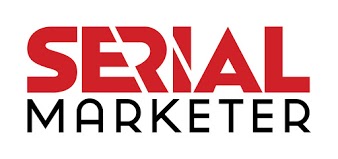This column was originally published in MediaPost, but due to some editorial snafu there that I don't yet understand, a number of people were left off my list of thanks. I intended to thank: &0160;Reprise_Media, StacyGratz, dwag29, yeahthatskosher, 4GreenPs,
inakiescudero, jaymandel, natashaF8, getshust, persia13, and aarongoldman.
The column is below, as published in MediaPost, and if I get an explanation as far as why they&39;d cut people out, I&39;ll let you know.
The AntiSocial Bowl
If
social media has finally gone mainstream, where was it during the Super Bowl?
It wasn&39;t visible in many of the spots.
With Facebook passing the 400 million user mark and so much of the
buzz about the ads happening on Twitter, you&39;d expect more social media love
from the ads. Instead, the Web site URLs at the end of the spots tended to go
to the advertiser&39;s main site. Where were the callouts to become a fan,
follower, or friend?
Here are ten reasons why social media wasn&39;t front and center during
the Super Bowl ads:
1) Social belonged elsewhere in the architecture.
Marketers must make decisions on where social media fits within their digital
architecture. Frequently, their main site serves as the hub that links out to
their social presence elsewhere, and those social properties link back to the
site.
That doesn&39;t have to be the case; a social network, blog, or
microsite could serve as a hub, or it may be a decentralized approach without a
hub but with the pieces still connecting together. For Super Bowl advertisers,
their hub tended to be either their homepage or a page within their main site.
Brands with an active presence in social media had an opportunity to direct
consumers to their social channels from their sites, yet that&39;s where a number of
marketers fell short.
2) The spot was just the beginning of the experience. Volkswagen
best illustrated this by running a punching commercial with a callout to
"play punchdub at vw.com," where a Facebook-centric game allowed
visitors to send virtual punches to friends. The TV spot works on its own
without a Web component, but the social addition may extend the life of the
campaign much further.
3) There was a failure to integrate. Integration
of any sort remains a hurdle for most marketers. I&39;m referring to integration
broadly because it&39;s a stumbling block in just about every possible way:
traditional and digital, paid and earned media, paid and natural search,
bringing various agencies together during the planning – the list can go on.
It&39;s a safe bet that the challenges of integration and a lack of communication
prevented some of these ads from being more social.
4) Social media informed which ad ran. I
love this quote from Google CEO Eric Schmidt on Google&39;s
blog (which I found out about through MediaPost&39;s Online Media Daily):
"We didn&39;t set out to do a Super Bowl ad, or even a TV ad for search. Our
goal was simply to create&0160;a
series&0160;of short online videos about our products and our users, and
how they interact. But we liked this video so much, and it&39;s had such a
positive reaction on YouTube, that we decided to share it with a wider
audience." In short, Google did its market research and felt it could
boost the impact of its videos by running it on TV.
5) The ads themselves were use- generated. I&39;m
referring to the Doritos ads, which outnumbered the total of touchdowns from
both teams last night. The user-generated and selected ads could have had more
social tie-ins, but that&39;s missing the bigger picture. It&39;s also telling that
the whole concept of user-generated advertising hasn&39;t taken over. Overall, the
spots were more of the same professionally produced sketches of anthropomorphized
animals, celebrity guest stints, ironic slapstick, and near-nudity (from Megan
Fox to guys in tightie whities) that we&39;ve come to know, love, and forget about
two days later.
6) The
focus was on listening. Here&39;s a headline I hope is never again
newsworthy, via Computerworld: "Intel
to monitor social networks on Super Bowl ads." I give Intel credit for
sharing what it&39;s doing. Intel spokesperson David Veneski told Computerworld,
"It&39;s the first time [Intel has] gauged audience reaction around an event
by using social networks." One would think that with an investment of $2.5
million per half minute, this is part of the cost of doing business . The cost
of one second of Super Bowl airtime ($83,000) can buy a year of premium access
to most social media monitoring tools, and several months of analysis from most
service providers. This is the last year to let this story pass for news.
7) The order was reversed: social media promoted the ads. A
funny thing happened on the way to the Super Bowl: brands from Coca-Cola to Bud
Light used social media to plug their Super Bowl spots. This can seem
counterintuitive; this year&39;s Super Bowl was watched by over 100 million
viewers nationally, so it&39;s not like the ads need promoting. Yet brands took
advantage of their social channels to extend the experience, whether by pushing
out Facebook status updates, live tweeting during the game, or using digital
word of mouth to spread the word before and after.
8) The ad was about social media.
In one ad Megan Fox used mobile social media to cause worldwide havoc, while in
another Vizio plugged getting Twitter and Flickr on your TV (giving Twitter a
potential new slogan: "what to watch when &39;Jersey Shore&39; reruns aren&39;t
on"). So yes, I counted as many ads about social media as I did ads about
men in underwear. What a milestone.
9) The ads were for Web sites.
If a marketer is trying to get you to a Web site (Godaddy, Monster, Google,
TV.com, CarMax, Cars.com, HomeAway, Teleflora), going to their social presence
on a different site would be counterproductive.
10) They just forgot. Hey, it happens. As the
Colts know too well, there&39;s always next year. And unlike the Colts, marketers
can spend a few million bucks to guarantee their spot in the game.
Lastly, thanks to a number of Twitter friends for bandying around
a few thoughts on the ads during the game, among them natashaF8, getshust, persia13, and aarongoldman.







People reacted to this story.
Show comments Hide commentsGreat, great points. There was no doubt many missed marketing opportunities during the Super Bowl. Gary Vaynerchuk made the same point with the Doritos ads as well, pointing out that Doritos actually have a Facebook page up and running. Makes you wonder why.
As I watched the game, I noticed that on Twitter all throughout the game there were between 1,500-2,000 tweets every 10 seconds with the word “superbowl” in them. At least until the 4th quarter, when Twitter actually crashed from the traffic.
There’s no doubt that you make a valid point. There are simply too many people watching tv with a computer at their side to be ignored, even by giants the likes of Doritos etc.